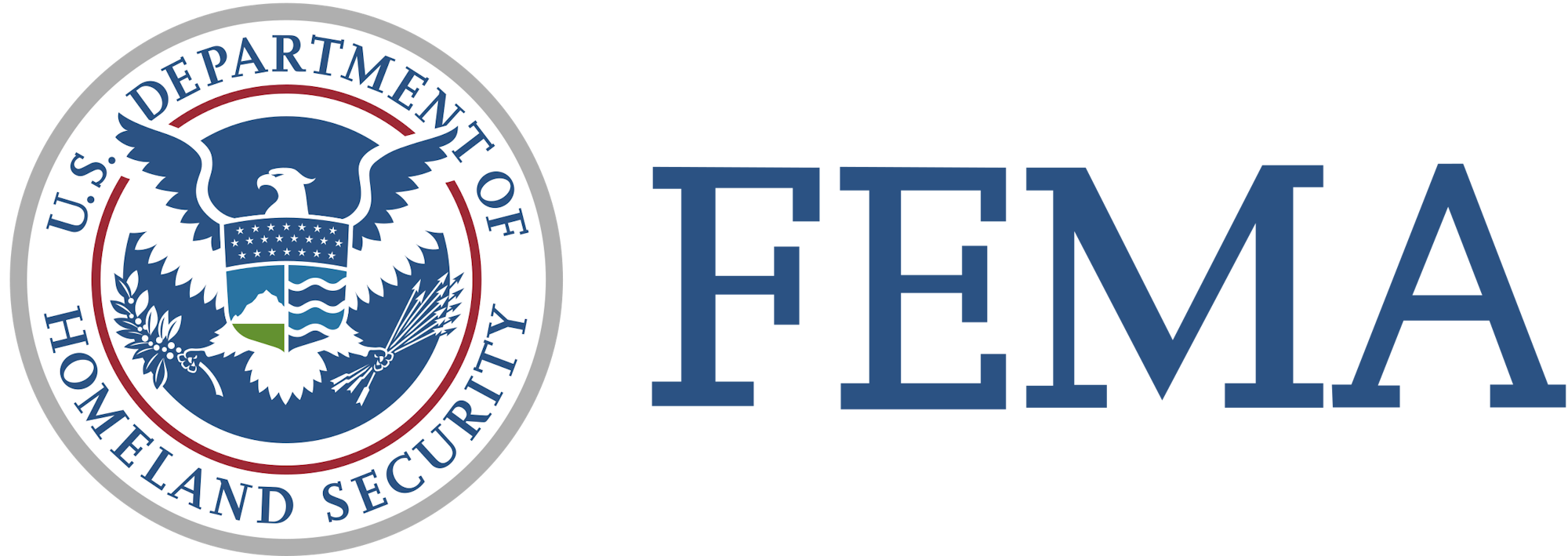Apply for FEMA Disaster Assistance and What To Expect When You Do

DisasterAssistance.gov
FEMA Helpline: 800-621-3362 I 711/VRS-VideoRelayService
If you live in Merced, Monterey, Sacramento, San Luis Obispo, Santa Barbara or Santa Cruz County and had damage to your primary residence, contact your insurance company and file a claim for disaster-caused damage.
Federal disaster assistance may include:
- Temporary emergency housing or money for home repairs of primary residences
- Help with medical, dental, personal property, transportation, and disaster-related moving-andstorage expenses
- Long-term, low-interest disaster loans through the U.S. Small Business Administration
Have this information ready when you apply:
- Social Security number ( one per household
- Address of the damaged home or apartment
- Description of the damage
- Current telephone number
- Address where you can get mail or email to receive notifications
- Insurance information, if available
- Bank account and routing number for direct deposit of funds
What to Expect When You Apply for FEMA Assistance
FEMA assistance is not a replacement for insurance but can assist with basic needs to help start your recovery from the severe storms and flooding. This includes assistance to make essential home repairs, find a temporary place to stay, and repair or replace certain household items.
Home Repairs
- If your home had storm-related damage and you are uninsured or underinsured, you may be eligible for help from FEMA to restore your homes to a livable condition.
- Federal assistance from FEMA provides only the basic needs for a home to be habitable—including toilets, a roof, critical utilities, windows and doors. Examples of ineligible items may include non-essential cabinets and garage doors.
- A home inspection is required to calculate and verify your losses.
- Livable homes meet the following conditions:
- The exterior is structurally sound, including the doors, roof and windows.
- The electricity, gas, heat, plumbing, and sewer and septic systems function properly.
- The interior’s habitable areas are structurally sound, including ceiling and floors.
- The home is capable of being used for its intended purpose.
- There is safe access to and from the home.
Examples
- Appliances: FEMA may assist in the replacement or repair of disaster-damaged hot-water heaters and furnaces, essential items that make your home safe, accessible and functional.
- Ceiling and Roof Damage: FEMA may assist to repair disaster-caused leaks in a roof that damaged ceilings and threatened electrical components like overhead lights. The cost to fix minor stains from roof leaks is not reimbursable.
- Floors: FEMA may assist to repair subfloors in occupied parts of the home that were
damaged due to the storms. - Windows: FEMA may assist with disaster-related broken windows, but not blinds and
drapes.
FEMA calculations to verify loss vary because every applicant’s situation is different, so awards vary among survivors.
Mitigation is an effort to reduce the loss of life and property damage by lessening the
impact of a disaster. FEMA mitigation specialists can answer questions and share homeimprovement
tips and other proven building methods to prevent or lessen damage from
future disasters. The free information geared to do-it-yourselfers and general
contractors, and specialists can share techniques for rebuilding hazard-resistant homes.
Examples
- Elevate your furnace, electrical systems and other utilities.
- Replace carpet in flood-prone areas with tiles.
- Install a sump pump.
- Plant trees 10 feet from your sewer lines.
Somewhere to Stay
- Homeowners or renters may receive temporary financial help to rent a place to live if a home is unlivable because of the storms, and a survivor has no insurance coverage for temporary housing.
Other Kinds of Help
Under FEMA’s Other Needs Assistance program, financial assistance is available for
necessary expenses and serious needs directly caused by the disaster, including:
- Child-care expenses
- Medical and dental expenses
- Funeral and burial expenses
- Damage to essential household items:
- Room furnishings
- Appliances
- Specialized tools and equipment required for a job.
- Necessary educational materials like computers, schoolbooks and supplies
- Fuel for the primary heat source
- Clean-up items like wet/dry vacuums and dehumidifiers
- Damage to an essential vehicle
- Moving and storage expenses caused by the disaster
For the latest information on California’s recovery from the severe winter storms, flooding,
landslides and mudslides, visit FEMA.gov/disaster/4683. You may also follow
twitter.com/Cal_OES, facebook.com/CaliforniaOES, @FEMARegion9/Twitter and
Facebook.com/FEMA.

All FEMA disaster assistance will be provided without discrimination on the grounds of race, color, sex (including sexual harassment), sexual orientation, religion, national origin, age, disability, limited English proficiency, economic status. If you believe your civil rights are being violated, you can call the Civil Rights Resource line at 833-285-7448.
Fema Disaster Assistance FlyerWhat to Expect When You Apply for FEMA Assistance
